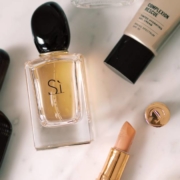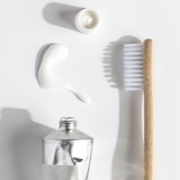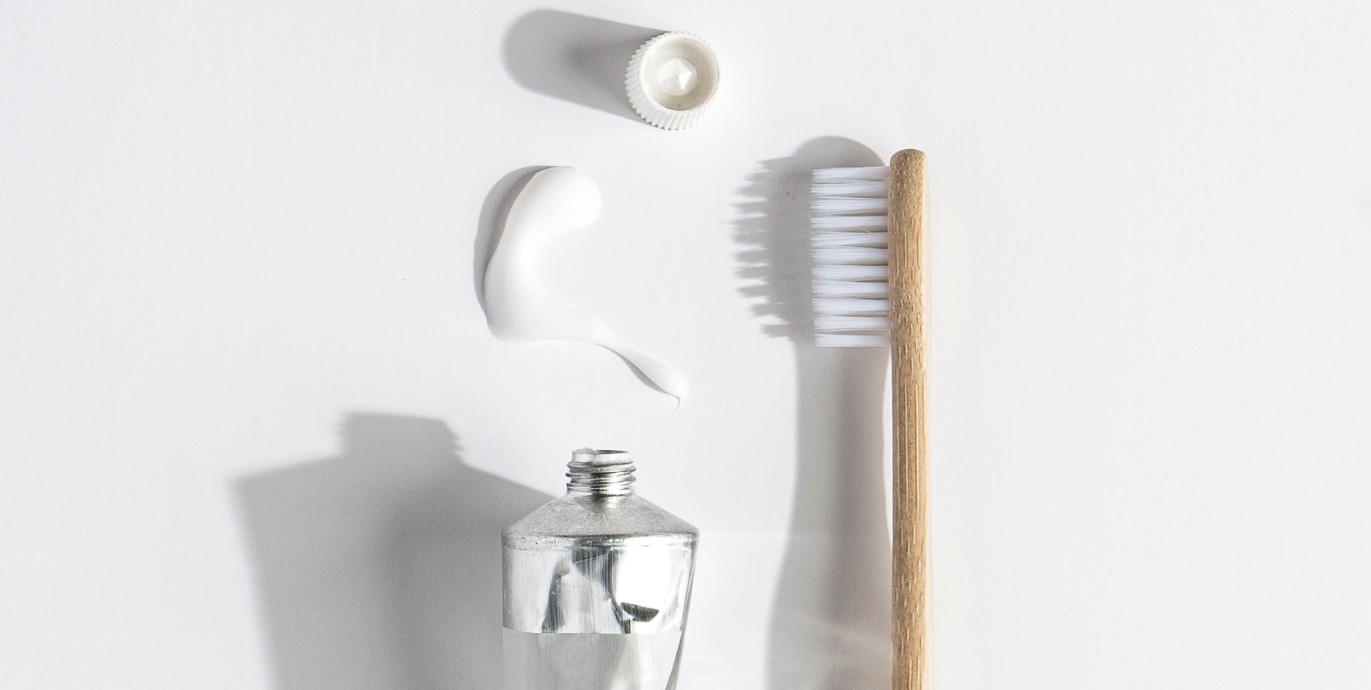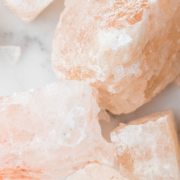Fragrance
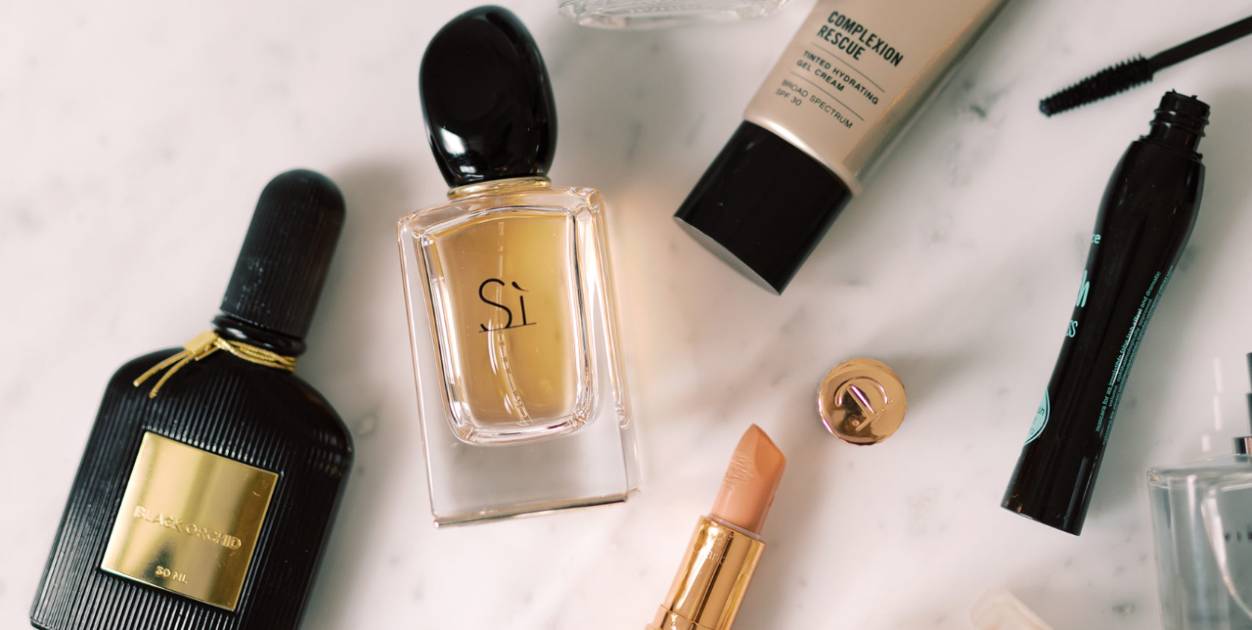
When my son was an infant I worried like most new moms do. Was he getting enough calories? Was he sleeping enough? Would he ever eat solids? But unlike most new moms, I worried about one thing in particular. In this episode, we’re talking about synthetic fragrances.
Episodes Mentioned
Listen to the TRASH BAGS episode here.
Additional Resources
EWG’s Skin Deep app to research fragrance safety – download here.
Sources
SUBSCRIBE
Subscribe on iTunes here.
Subscribe on Spotify here.
Subscribe on Google Podcasts here.
Transcript
When my son was an infant I worried like most new moms do. Was he getting enough calories? Was he sleeping enough? Would he ever eat solids? But unlike most new moms, I worried about one thing in particular. In this episode, we’re talking about synthetic fragrances.
There are definitely a few things that I wish were never invented or introduced to humankind. Artificial fragrance is at the top of that list. Also, on the list is purple ketchup and blue waffles.
When you’re in a room surrounded by perfumed women, men wearing cologne, newly sprayed air freshener or a scented candle, most people who get a headache just assume it’s because they’re sensitive to strong smells.
What we don’t usually think about is what’s actually producing those artificial smells. And the answer is, chemicals. Now, I want to clarify not all chemicals are bad. The word chemicals is a very general term for basically anything you see, breathe, ingest or touch — everything on earth, including earth itself is created from chemicals. The difference is in chemicals that are naturally occurring and chemicals that are synthetic.
It’s these synthetic or artificial chemicals that I’m primarily concerned about.
And one of the most toxic is synthetic fragrances. Fragrance chemicals vaporize into the air to give off a scent but the VOCs (volatile organic compounds) that are emitted can contribute to a whole slew of adverse health effects.
In a previous episode on scented trash bags, I talked about some of these adverse health effects and the impact of poor air quality. If you missed that episode I’ll link to it in the show notes at cleanlivingpodcast.com/fragrance but you can also just scroll back to my earliest podcast episodes. I talked about respiratory issues and toxicity from synthetic fragrances but in this episode, I want to focus on something more specific.
And that’s endocrine disruption.
I had heard about fragrances disrupting the hormones of babies — most of this was anecdotal from friends who are in the clean beauty industry. But I later found that researchers are linking hormone imbalance back as early as development in the womb. Fragrances were something I knew I needed to avoid during and after pregnancy but at the time, I didn’t know just how hard it is to avoid it. Synthetic fragrances are in so many personal care products it’s overwhelming.
Endocrine-disrupting chemicals (or EDCs) are chemicals that interfere with your hormones, or endocrine system — this is the system in your body that controls growth, metabolism and development.
EDCs are not only found in fragrances but in everyday products like plastic bottles and containers, liners of metal food cans, detergents, toys, food, cosmetics and pesticides.
Babies and children are particularly vulnerable to endocrine disruptors because the hormone system influences organ development both in and out of the womb. Pound for pound, children eat more food, drink more water, and breathe more air than adults, so their exposure to the chemicals relative to their body size is greater. As a result, endocrine disruptors can cause birth defects, developmental delays, and early puberty in children.
The Environmental Working Group has found that children are exposed to as many as 27 artificial chemicals per day.
To some extent, toxins and chemicals in our household products are unavoidable — they’re in our water, our air and our food. But there are other endocrine disrupting chemicals that we can control — and fragrances are one of them.
If you’re starting to feel a little panicky from this new information, I know the feeling. I always say that learning about clean living is a constant series of hot flashes and anxiety. It’s hard to learn new things that could be affecting our health especially when we live one way for so long. No one tells us any differently, it’s easy to panic about everything we’ve done in the past.
I just want to remind you that it’s never too late. Our bodies can heal, we can create safer environments for our kids (even if you weren’t able to do it from birth), knowledge is power and it’s always better to be late than it to have never happened.
So, in this episode of This for That, I’m suggesting that you remove any artificial or synthetic fragrances from your beauty routine, personal care routine or household products. Look for products that are fragrance-free (not just unscented) or products that are naturally scented because they’re made of plants.
I’ll also just end on this note, when I was researching this topic for evidence-based support I came across a study from 2017 that attempted to measure infant and toddler inhalation exposure to fragrance ingredients — particularly in baby care products like bath wash and shampoo.
The study came to a very general and blase conclusion, stating: As with any personal care product, a complete exposure and risk assessment should be done to evaluate its overall safety in common uses.
As I was reading the study, I was thinking huh… did they not get the memo from all of the other studies and scientists saying that even small concentrations of EDCS in fragrance ingredients is harmful? And then I scrolled down and saw the Funding Statement of the study.
It said: This work was supported by Johnson & Johnson.
Johnson & Johnson, an 81 billion dollar pharmaceutical company that is the largest producer (and got its name) selling baby personal care products.
I will talk about this in a future episode, but this is why we can’t always trust corporations to have our best interest at heart. The conclusion of the Johnson & Johnson study benefits shareholders and stock prices — not the consumer.
That’s all to say, one simple change we can make is to buy fragrance-free. Because it’s true, the more people start buying fragrance-free products, the more companies will offer them. We have power in the way we vote with our dollars, use it.
Thanks so much for listening to this episode of The Clean Living Podcast — I’m your host Shannon Lohr. If you learned something today make sure to subscribe so you don’t miss an episode. Here’s to creating a cleaner, more sustainable world for all of us.
